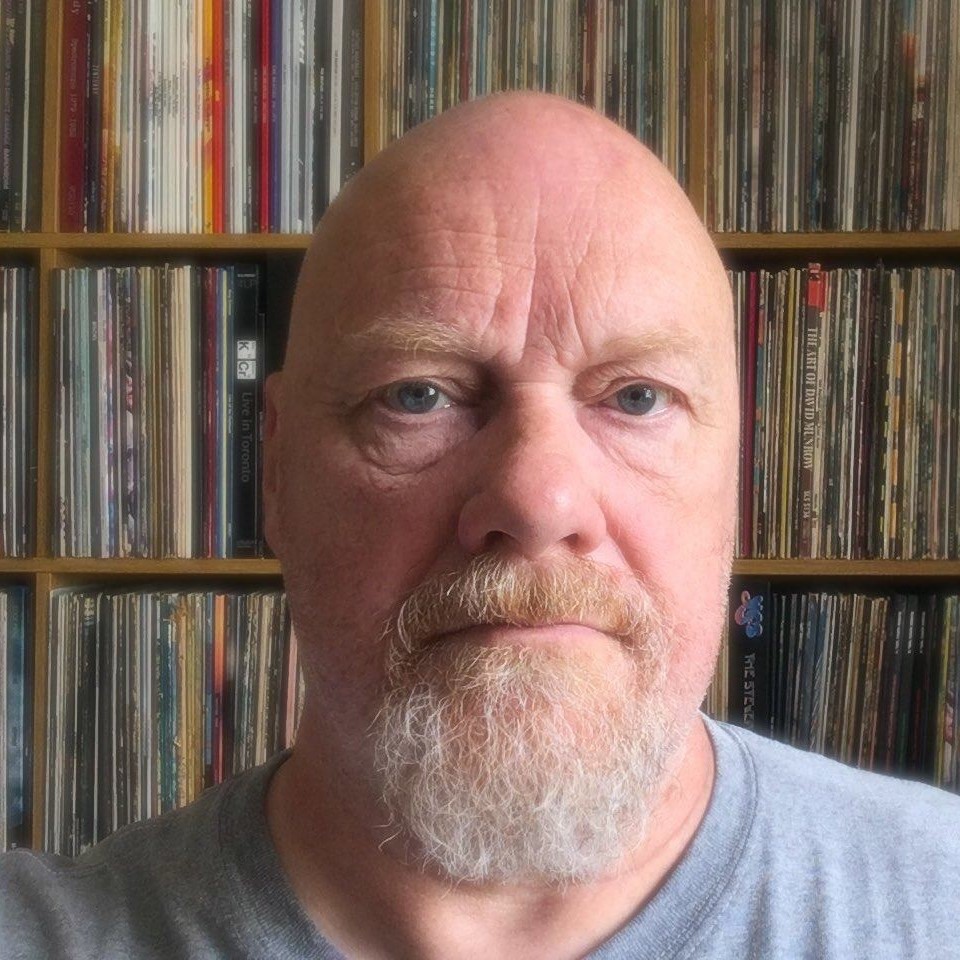There’s a story which the late David Bedford liked to tell about the time when he was commissioned to write Star’s End, his 1974 debut for the Virgin label. Following the announcement that the score was to feature guitarist Mike Oldfield, a colleague of Bedford’s in the classical music world remarked that he hoped the composer wasn’t going to waste top grade manuscript paper on a rock musician. Thankfully, that kind of snobbery is now a thing of the past. The borders which were once policed to guard against such fraternisation have become increasingly porous, and now hardly a month appears to go by when someone from the world of rock or pop isn’t unveiling some crossover opus or another.
Following his foray into classical music, 2004’s Seven, Banks has returned with a set of compositions which were first improvised and developed on keyboards and then worked up for orchestra with the help of arranger Paul Englishby, who also conducts here. The composer has talked about his desire to return to the long-form pieces on which Genesis cut its teeth, and it’s easy to imagine the stirring romanticism of Still Waters occupying prime position somewhere between Selling England By The Pound or And Then There Were Three.
As one might expect, Banks’ melodic strengths are well to the fore. The most successful example of this is to be found in Blade with violinist Charlie Siem, one of two featured soloists on the album. Reminiscent of Banks’ own sustained and supple keyboard solo on Genesis’s The Cinema Show, the violin embarks on a stirring chase with ravishing flurries and yearning reveries encountered along the way. Perhaps more than any other this piece showcases its writer’s winning way with a tune.
On paper, the leap into a wholly orchestral environment makes sense given the classical-influenced nature of the keyboard player’s contributions to Genesis over the years. While undoubtedly confident in scoring lithe, elegant melodies, Banks however proves to be a somewhat hesitant and conservative colourist when it comes to the orchestral palette at his disposal. Though it’s possible to overlook this shortcoming for one or two tracks the cumulative effect of such curiously undistinguished arrangements and orchestration is such that much of SIX Pieces for Orchestra presents itself as little more than a set of prettily decorated tunes.
There’s no crime whatsoever in making music that’s accessible, but by playing safe to such a degree Banks has missed an opportunity to truly stretch out, ending up instead with something that’s frustratingly bland.

